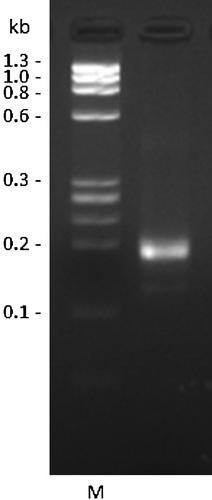High-quality RNA extraction from rat pancreatic islet
Abstract
In recent years, increasing interest surrounding islet replacement therapies in human has provided the drive for advances in the methods used to isolate from humans as well as a host of animal research models. However, there has been no reports describing a technique that reliably improves the quality of RNA extracted from rat pancreatic islet. Male Sprague–Dawley rats, 10- to 12-week-old, were housed in a certified animal care facility. The rats were underwent bile duct cannulation with pancreatic inflation after clamping the distal common bile duct. The pancreas was excised and digested with ETK/Liberase TL solution at 37°C for 30 min without shaking. Cold ETK was added to stop digestion. The islets were purified by discontinuous iodixanol density gradients of 25, 23, 20 and 11% in a modified ETK/OptiPrep® solution. After a 15 min centrifugation at 1,000g, islets were collected from the interface between the 20 and 11% layer. Immediately after purification, islets were used for RNA extraction. RNA was extracted from isolated rat pancreatic islet cells, using the commercially available kit. In the present study, we have described a technique that reliably improves the quality of RNA extracted from rat pancreatic islet using the perfusion technique in the bile duct. The islet cells that we isolated using this technique were suitable for high quality RNA extraction.


 求助内容:
求助内容: 应助结果提醒方式:
应助结果提醒方式:


